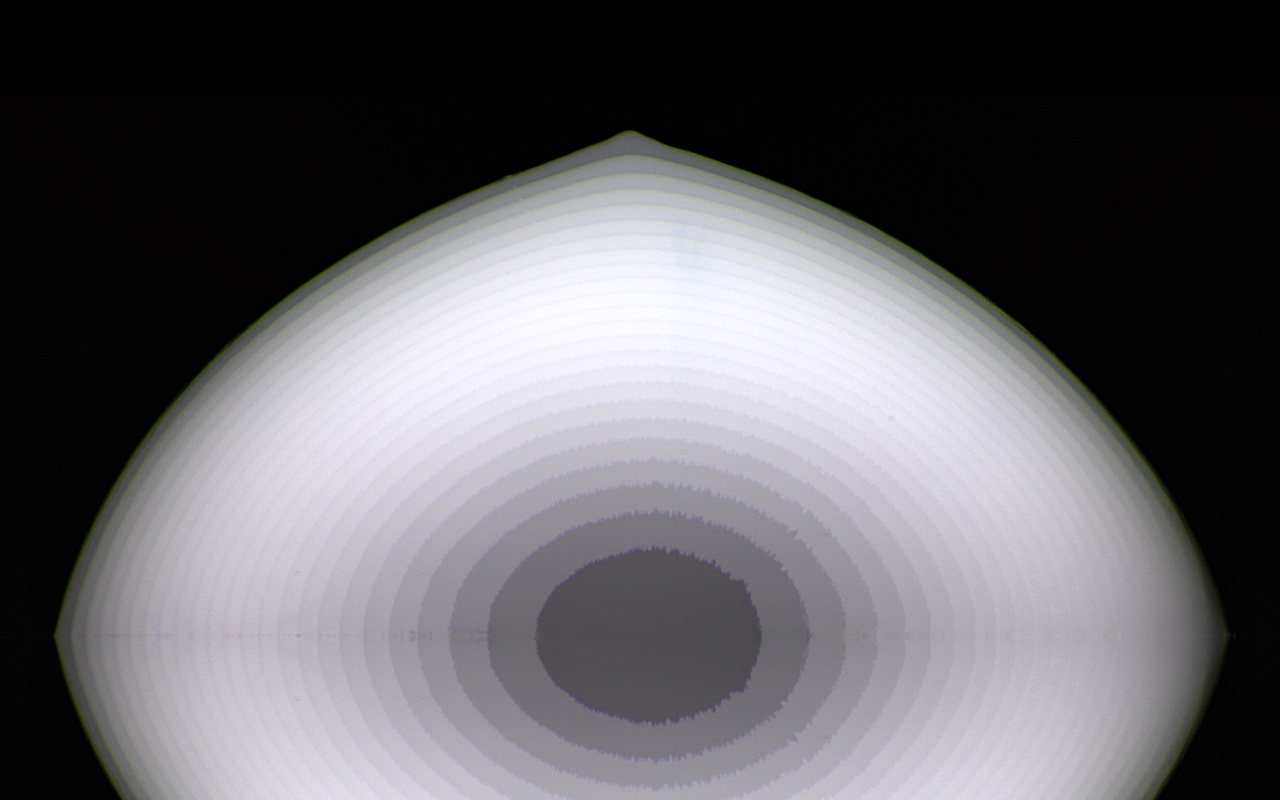 Back to projects
Back to projects

Sublimation of pointy ice drops
- Supervisor: prof. dr. Daniel Bonn, dr. Noushine Shahidzadeh
- Research Team: Etienne Jambon-Puillet
- Goal: To understand the influence of complex geometries in sublimating solids.
- Info: D.Bonn, E. Jambon-Puillet
Solids generally do not evaporate (or sublimate) in ambient air. Common sense thus suggests that ice, the solid form of water, does not evaporate on Earth. Yet ice and snow can be seen to "disappear" without melting within a few days when the ambient air is sufficiently dry. Although it is well known that geometrical effects and in particular sharp regions play a crucial role in the evaporation of liquid drops, the case of sublimating solids remains largely unexplored despite the much wider range of complex shapes encountered (e.g. Snowflakes).
By freezing water droplets on a cold plate, we form pointy ice drops: drops crowned with a sharp conical tip. Here, we study the sublimation of these drops in dry, ambient air. We show that their sublimation is limited by the diffusion of the vapor and strongly enhanced at sharp points, like evaporating liquid drops. Because the solid boundaries are free to move, it drives a rapid self-similar rounding of the sharp regions that we predict quantitatively by solving the diffusive free-boundary problem.
Our results provide a simple conceptual picture to understand geometric effects in sublimating solids and allows us to recover the complex sublimation patterns of snowflakes. Besides, they are also applicable to other diffusion problems with moving boundaries such as dissolution.
